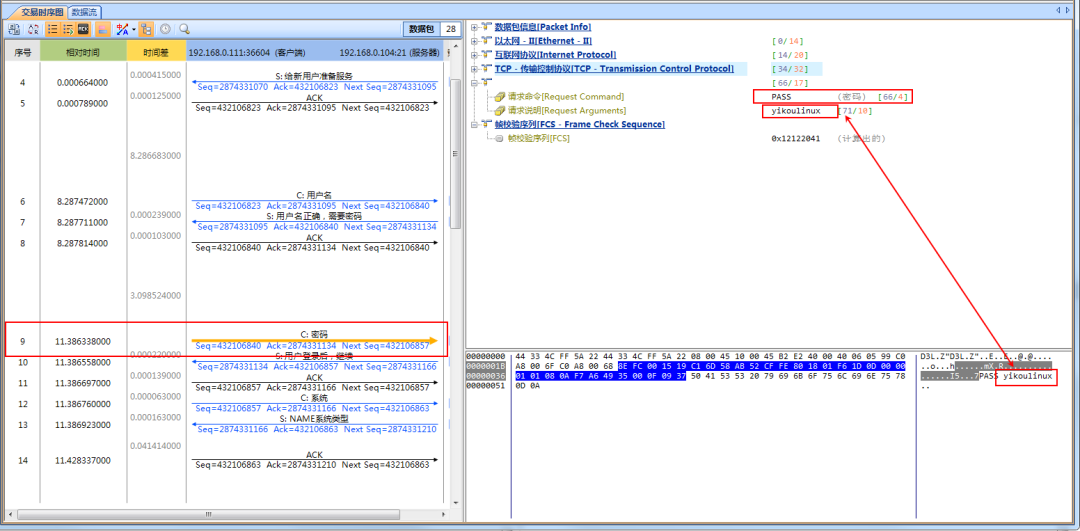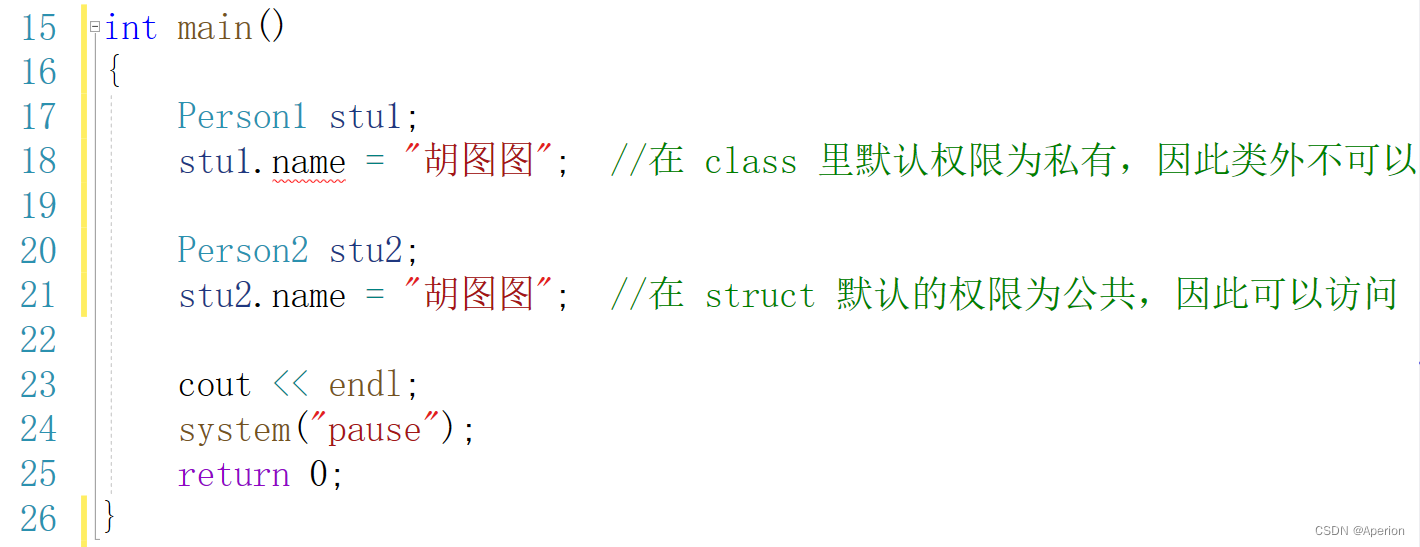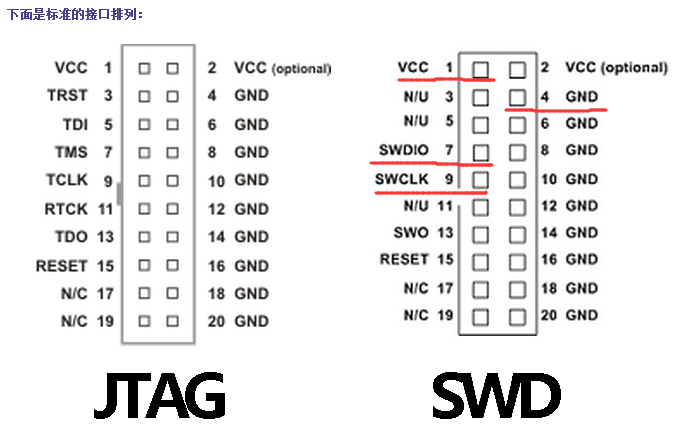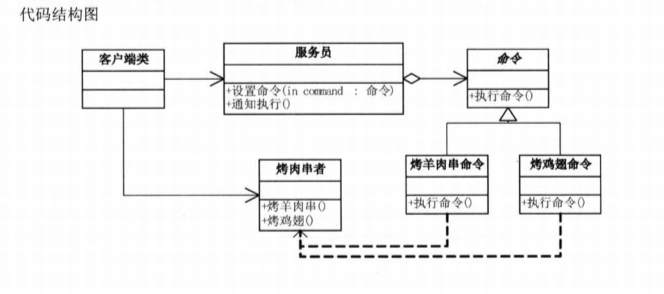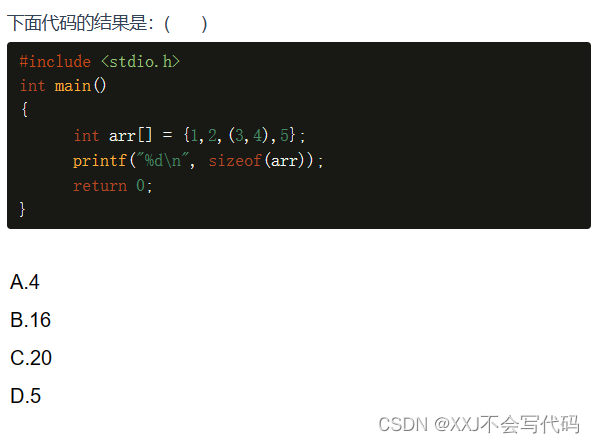
大厂面试题分享 面试题库
前后端面试题库 (面试必备) 推荐:★★★★★
地址:前端面试题库 web前端面试题库 VS java后端面试题库大全
一、引言
在前端开发中,数组是一种常见且重要的数据结构。数组提供了许多便捷的方法来操作和处理其中的数据。本文将简单介绍前端中数组常用的API,包括添加、删除、截取、合并、转换等操作。
二、push() 方法和 pop() 方法
push()方法用于向数组末尾添加一个或多个元素,并返回修改后的数组的新长度。
const fruits = ['苹果', '香蕉'];
const res = fruits.push('橘子', '西瓜');
console.log(fruits); //[ '苹果', '香蕉', '橘子', '西瓜' ]
console.log(res); //4
pop() 方法用于删除并返回数组的最后一个元素。
const fruits = ['苹果', '香蕉', '橘子'];
const lastFruit = fruits.pop();
console.log(fruits); // ['苹果', '香蕉']
console.log(lastFruit); //橘子
三、shift() 方法和 unshift() 方法
shift() 方法用于删除并返回数组的第一个元素。
const fruits = ['苹果', '香蕉', '橘子'];
const firstFruit = fruits.shift();
console.log(fruits); //[ '香蕉', '橘子' ]
console.log(firstFruit); //苹果
unshift() 方法用于向数组的开头添加一个或多个元素,并返回修改后的数组的新长度。
const fruits = ['苹果', '香蕉'];
const newLength = fruits.unshift('橘子', '西瓜');
console.log(fruits); //[ '橘子', '西瓜', '苹果', '香蕉' ]
console.log(newLength); //4
四、slice() 方法
slice() 方法用于从数组中截取指定位置的元素,返回一个新的数组。
语法是:array.slice(start, end),其中,start和end都是可选参数,表示选取的元素的起始位置和结束位置。如果不传入参数则默认选取整个数组。该方法返回的是一个新的数组,包含从start到end(不包括end)的元素。
const names = ['张三', '李四', '王五', '赵六'];
const slicedNames = names.slice(1, 3);
const slicedNames1 = names.slice();
const slicedNames2 = names.slice(0);
const slicedNames3 = names.slice(2);
const slicedNames4 = names.slice(3);
const slicedNames5 = names.slice(4);
//slice不改变原数组
console.log(names); //[ '张三', '李四', '王五', '赵六' ]
console.log(slicedNames); //[ '李四', '王五' ]
console.log(slicedNames1); //[ '张三', '李四', '王五', '赵六' ]
console.log(slicedNames2); //[ '张三', '李四', '王五', '赵六' ]
console.log(slicedNames3); //[ '王五', '赵六' ]
console.log(slicedNames4); //[ '赵六' ]
console.log(slicedNames5); //[] 参数大于等于4时就输出空数组
五、splice() 方法
splice() 方法用于从数组中删除、替换或添加元素,并返回被删除的元素组成的数组,它会直接修改原数组。
语法:array.splice(start, deleteCount, item1, item2, ...)
其中,start表示要修改的起始位置,deleteCount表示要删除的元素个数,item1、item2等表示要添加的元素。如果deleteCount为0,则表示只添加元素,不删除元素。
//实现删除
let arr = [1,2,3,4,5]
console.log(arr.splice(0,2)); //[ 1, 2 ] 返回被删除的元素
console.log(arr); //[ 3, 4, 5 ] 该方法会改变原数组
//实现添加
let arr2 = [1,2,3,4,5]
console.log(arr2.splice(1,0,666,777)); //[] 返回空数组,没有删除元素
console.log(arr2); //[ 1, 666, 777, 2, 3, 4, 5 ] 原数组改变了
// 实现替换
let arr3 = [1,2,3,4,5]
console.log(arr3.splice(2,1,"aaa","bbb")); //[ 3 ] 返回被删除的一个元素
console.log(arr3); //[ 1, 2, 'aaa', 'bbb', 4, 5 ] 可以添加字符串
let arr4 = [1,2,3,4,5]
console.log(arr4.splice(1,4,666)); //[ 2, 3, 4, 5 ] 返回被删除的四个元素
console.log(arr4); //[ 1, 666 ]
六、join() 方法
join() 方法用于将数组中的所有元素以指定的分隔符连接成一个字符串。
const fruits = ['苹果', '香蕉', '橘子'];
const joinedString = fruits.join(',');
console.log(fruits); //[ '苹果', '香蕉', '橘子' ]
console.log(joinedString); //苹果,香蕉,橘子
七、concat() 方法
concat() 方法用于合并两个或多个数组,返回一个新的数组。
const fruits1 = ['苹果', '橘子'];
const fruits2 = ['西瓜', '蓝莓'];
const combinedFruits = fruits1.concat(fruits2);
console.log(combinedFruits); //[ '苹果', '橘子', '西瓜', '蓝莓' ]
八、forEach() 方法
forEach() 方法用于对数组中的每个元素执行一个回调函数。
const fruits = ['火龙果', '蓝莓', '西瓜', '葡萄'];
fruits.forEach(fruit => {
console.log(fruit); //火龙果 蓝莓 西瓜 葡萄
});
九、map() 方法
map() 方法用于对数组中的每个元素执行一个回调函数,并返回一个新的数组,新数组中的元素为回调函数的返回值。
const numbers = [1, 2, 3, 4, 5];
const squaredNumbers = numbers.map(num => num * num);
console.log(squaredNumbers); //[ 1, 4, 9, 16, 25 ]
十、filter() 方法
filter() 方法用于筛选、过滤数组中符合条件的元素,并返回一个新的数组。
//筛选出偶数
const numbers = [1, 2, 3, 4, 5];
const evenNumbers = numbers.filter(num => num % 2 === 0);
console.log(evenNumbers); //[ 2, 4 ]
十一、reduce() 方法
reduce() 方法是数组对象的一个方法,用于将数组中的所有元素按照指定的规则进行归并计算,返回一个最终值。
语法:array.reduce(callback, initialValue)
该方法接收两个参数,第一个参数是一个回调函数,第二个参数是一个初始值。回调函数中可以接收四个参数,分别是:
- accumulator:累加器,用于存储上一次回调函数的返回值或初始值。
- currentValue:当前元素的值。
- currentIndex:当前元素的索引。
- array:数组对象本身。
initialValue是初始值,可选参数。
const arr = [1, 2, 3, 4, 5];
const sum = arr.reduce((acc, num) => {
return acc + num
}, 10);
console.log(sum); //25
//如果初始值是设为0,则输出15
十二、fill() 方法
JS中的fill方法可以填充一个数组中的所有元素,它会直接修改原数组。
语法:array.fill(value, start, end)
其中,value表示要填充的值,start和end表示要填充的起始位置和结束位置。如果不传入start和end,则默认填充整个数组。该方法返回的是被修改后的原数组。
let arr = [1, 2, 3, 4, 5];
arr.fill(0);
console.log(arr); // [0, 0, 0, 0, 0]
//将数组中从位置2到位置4(不包括位置4)的元素都填充为6
arr.fill(6, 2, 4);
console.log(arr); //[ 0, 0, 6, 6, 0 ]
十三、数组查找API
1.includes()方法
includes方法用于检查数组中是否包含某个元素,如果包含则返回 true,否则返回 false。
与 indexOf() 方法不同,includes() 方法不支持指定起始位置,它从数组的开头开始搜索。
const fruits = ['苹果', '香蕉', '橘子', '西瓜', 1, 2, 3];
console.log(fruits.includes('橘子')); //true
console.log(fruits.includes('葡萄')); //false
console.log(fruits.includes(3)); //true
console.log(fruits.includes(4)); //false
2.indexOf()方法
需要注意的是,indexOf方法只会返回第一个匹配项的位置。如果数组中存在多个相同的元素,该方法只会返回第一个元素的位置。
此外,indexOf方法还可以接受一个可选的第二个参数,用于指定从哪个位置开始查找。
const fruits = ['苹果', '蓝莓', '橘子', '西瓜', '葡萄'];
console.log(fruits.indexOf('橘子', 1)); //2 返回元素下标
console.log(fruits.indexOf('橘子', 3)); //-1 没有该元素
const arr = [1,2,3,4,5,6,7,6,6,5];
// 从下标6开始查找元素5
console.log(arr.indexOf(5,6)); //9
3.lastIndexOf()()方法
lastIndexOf() 方法用于查找数组中某个元素最后一次出现的索引(位置),如果找到则返回该索引值,否则返回 -1。
const fruits = ['火龙果', '橘子', '蓝莓', '西瓜', '葡萄', '橘子'];
console.log(fruits.lastIndexOf('橘子')); //5
console.log(fruits.lastIndexOf('柚子')); //-1
4.findIndex()方法
findIndex() 方法用于查找数组中满足条件的元素的索引,如果找到则返回该索引值,否则返回 -1。
const arr = [1, 2, 3, 4, 5, 6];
const index = arr.findIndex(num => num > 3);
console.log(index); //3 返回第一个符合条件的元素的下标
const index2 = arr.findIndex(num => num > 10);
console.log(index2); //-1 不存在符合条件的元素
十四、sort() 方法
sort() 方法用于对数组进行原地排序,会直接修改原始数组,而不会创建新的数组。默认情况下,它将数组元素视为字符串,并按照 Unicode 码点进行排序。但是,可以传入自定义的比较函数来实现基于其他规则的排序。
比较函数:比较函数接收两个参数,通常被称为 a 和 b,表示进行比较的两个元素。它应该返回一个负数、零或正数,表示 a 应该在 b 之前、与 b 相同位置还是在 b 之后。比较函数的返回值规则如下:
- 如果返回值小于 0,则 a 排在 b 前面。
- 如果返回值等于 0,则 a 和 b 的相对位置不变。
- 如果返回值大于 0,则 a 排在 b 后面。
const arr = [3, 1, 5, 2, 4];
arr.sort();
console.log(arr); //[1, 2, 3, 4, 5]
//默认排序(按照 Unicode 码点排序)
const arr = ['f', 'k', 'c', 'a', 'b'];
arr.sort();
console.log(arr); //[ 'a', 'b', 'c', 'f', 'k' ]
//使用比较函数进行自定义排序
const arr = [10, 2, 66, 26, 13, 1];
arr.sort((a, b) => a - b);
console.log(arr); //[ 1, 2, 10, 13, 26, 66 ]
const arr = [10, 2, 66, 26, 13, 1];
arr.sort((a, b) => b - a);
console.log(arr); //[ 66, 26, 13, 10, 2, 1 ]
十五、reverse() 方法
reverse() 方法用于反转数组中的元素顺序,即将数组元素进行逆序排列。
const arr = [1, 2, 3, 4, 5];
arr.reverse();
console.log(arr); //[ 5, 4, 3, 2, 1 ]
十六、toString()和toLocaleString()方法
toString方法将数组转换为一个由数组元素组成的字符串,元素之间用逗号分隔。
const arr = [1, 2, 3, 4, 5];
console.log(arr.toString()); //1,2,3,4,5
const arr2 = ['苹果', '蓝莓', '橘子', '西瓜', '葡萄'];
const arr3 = ['a', 'null', 'b', 'c', 'undefined', 'd', 'e']
console.log(arr2.toString()); //苹果,蓝莓,橘子,西瓜,葡萄
console.log(arr3.toString()); //a,null,b,c,undefined,d,e
toLocaleString方法将数组转换为一个由数组元素组成的字符串,元素之间同样用逗号分隔,但是它会根据当前环境的语言和地区设置来决定元素的格式。
//根据当前环境的语言和地区设置来决定元素的格式
const arr = [123456.789, new Date()];
//我补充写作的时间
console.log(arr.toLocaleString()); //123,456.789,2023/5/29 07:57:19
const arr2 = [1000, 2000, 3000];
const str = arr2.toLocaleString();
console.log(str); //1,000,2,000,3,000
十七、Array.from() 方法
Array.from() 是 JavaScript 中一个用于从类数组或可迭代对象创建新数组的静态方法。它接收一个可迭代对象或类数组的对象,并返回一个新的数组实例。
Array.from(iterable, mapFn, thisArg)
- iterable: 必需,一个可迭代对象或类似数组的对象,用于创建新的数组。
- mapFn (可选): 一个映射函数,用于对每个元素进行处理后返回新数组中的元素。
- thisArg (可选): 可选参数,执行 mapFn 函数时的 this 值。
//使用字符串创建数组
const str = "Hello";
const arr = Array.from(str);
console.log(arr); //[ 'H', 'e', 'l', 'l', 'o' ]
//使用类似数组的对象创建数组
const obj = {
0: "榴莲",
1: "牛油果",
2: "蓝莓",
length: 3
};
const arr = Array.from(obj);
console.log(arr); //[ '榴莲', '牛油果', '蓝莓' ]
//使用映射函数处理数组元素
const numbers = [1, 2, 3, 4, 5];
const doubledNumbers = Array.from(numbers, num => num * 2);
console.log(doubledNumbers); //[ 2, 4, 6, 8, 10 ]
十八、最后的话
本文介绍了前端中数组常用的 API,涵盖了添加、删除、截取、合并、转换等常见操作。熟练掌握这些方法可以提高一定的开发效率。在实际开发中,请根据具体需求选择适合的数组方法。
能力一般,水平有限,本文可能存在纰漏或错误,如有问题欢迎指正,感谢你阅读这篇文章,如果你觉得写得还行的话,不要忘记点赞、评论、收藏哦!祝生活愉快!
大厂面试题分享 面试题库
前后端面试题库 (面试必备) 推荐:★★★★★
地址:前端面试题库 web前端面试题库 VS java后端面试题库大全

